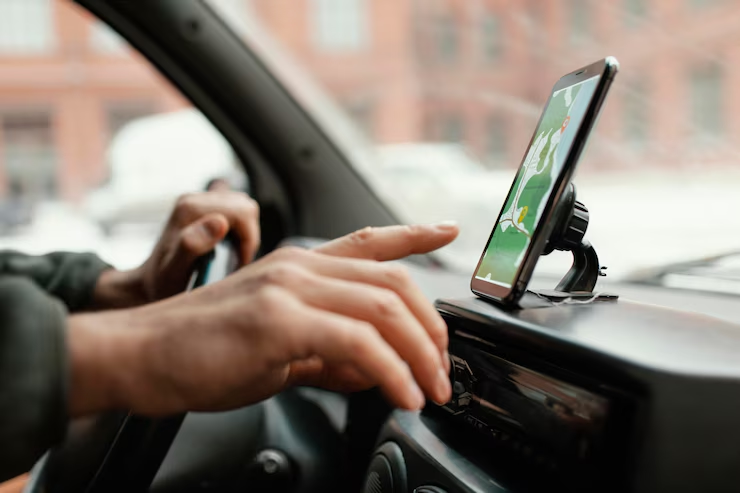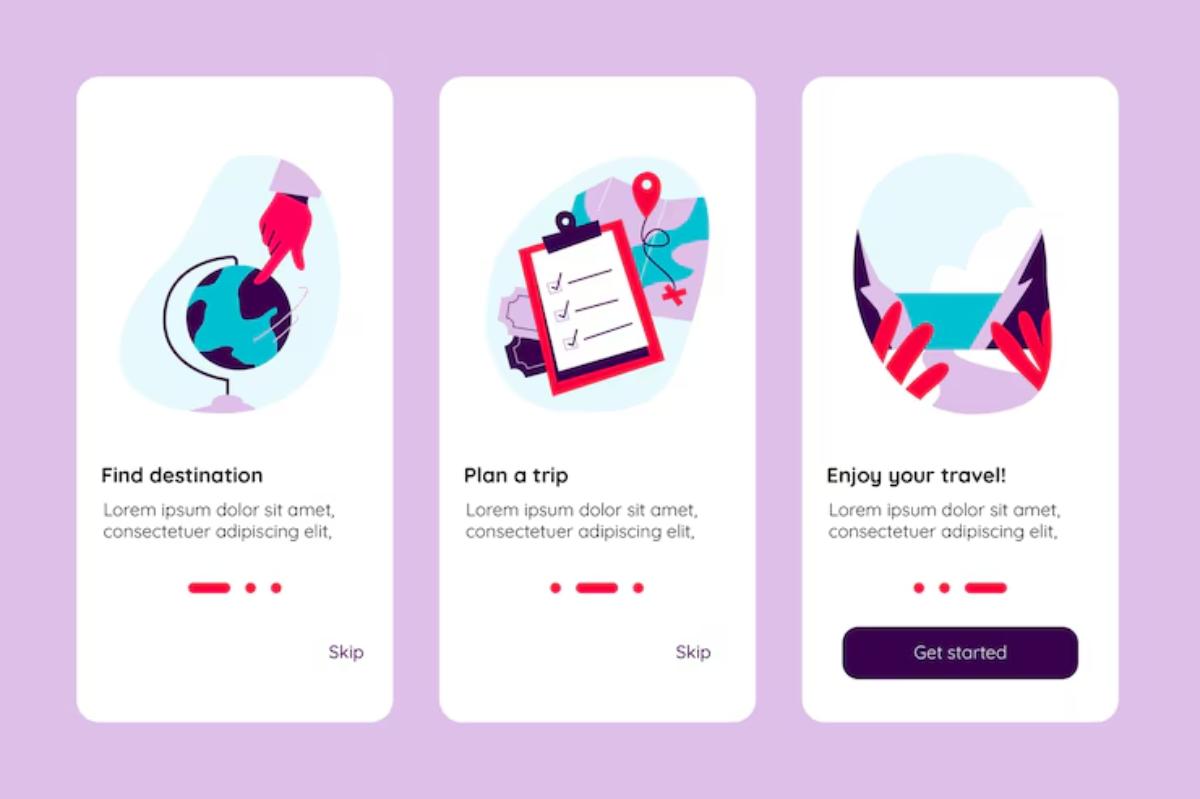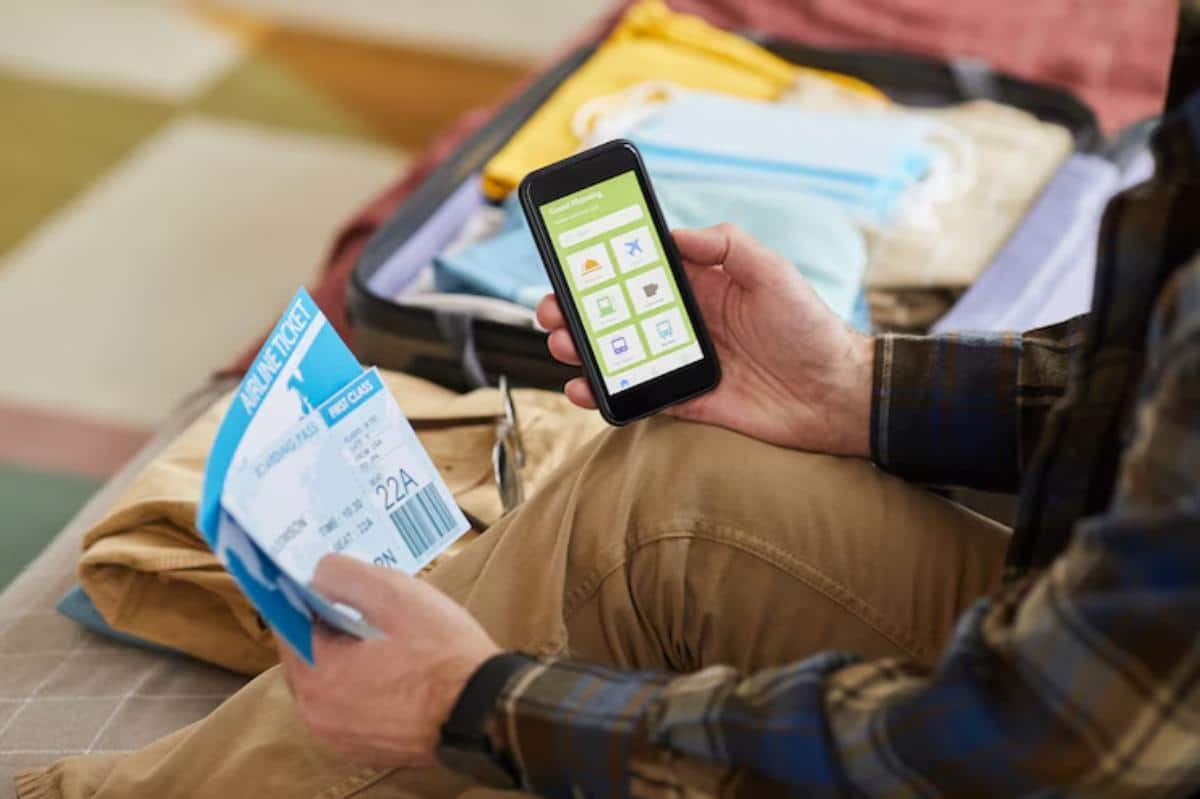
Use Offline Maps Effectively During Travel
There’s a certain kind of freedom that comes from being unplugged. No signal. No notifications. Just a trail, a winding alleyway, or a road stretching into the unknown. But let’s be honest—freedom feels a whole lot better when the map still works.
That’s where offline map usage becomes a traveller’s best-kept secret. Whether it’s navigating remote villages in Vietnam, finding a campsite deep in the Rockies, or simply walking around Rome with no roaming plan, offline maps turn disconnected into completely capable.
And here’s the truth: using offline maps isn’t just about downloading an app and hoping for the best. Like any good tool, it works best when used thoughtfully. The tips, habits, and tiny tricks make all the difference between smooth travels and aimless wandering.
So, how do you use offline maps like a pro? These aren’t just technical map app guides. They’re field-tested, human-centred travel navigation tips that make the difference when the Wi-Fi is gone and the road keeps going.
Why Offline Maps Still Matter in 2025
Yes, it’s 2025. Yes, technology is better than ever. But mobile signals still vanish. Foreign SIMs still glitch. And there’s something oddly comforting about knowing your phone will guide you even when it can’t call home.
Offline maps:
- Save battery
- Avoid international roaming charges
- Work in areas with zero signal (looking at you, mountain passes)
- Keep essential details right in your pocket
- Don’t rely on flaky airport Wi-Fi or dodgy cafés with “free” hotspots
Even for urban travellers, being ready to go offline with confidence can be a game-changer—especially when stepping into a subway tunnel or wandering far beyond the tourist strip.
One: Choose the Right Offline Map App
Let’s start with the basics—because not all apps are built the same. Some focus on driving, others shine on hiking trails. Some are privacy-first, others are packed with features.
A few tried-and-tested favourites include:
- MAPS.ME – Fast, simple, and great for foot travellers
- Organic Maps – Ad-free, privacy-focused, ideal for hiking
- OsmAnd – Detailed, customisable, best for tech-savvy users
- HERE WeGo – Road trip ready with strong offline city maps
- Gaia GPS – A dream for wilderness explorers
- Google Maps – Convenient and familiar, but with limitations offline
Need help deciding which one fits your adventure style? The Top Offline Map Apps for Travellers in Remote Areas guide dives deep into the pros and cons of each.
Two: Download Maps Before Departure

It sounds obvious, but it’s often missed in the rush of travel prep. Offline maps need to be downloaded before the signal disappears.
Travel navigation tip: Don’t just download cities. Think bigger—entire countries, surrounding regions, or coastlines if you’re road-tripping.
- Travelling across borders? Download each region on both sides.
- Exploring a national park? Map nearby emergency exits and towns.
- Staying in a city? Grab nearby districts, transit zones, and suburbs.
Storage space is temporary. Getting stuck isn’t worth the risk.
Three: Zoom In and Preload the Details
Once downloaded, spend a few minutes scrolling, zooming, and exploring the map. This action caches the finer details—like alleyways, footpaths, and smaller local roads.
Why this matters:
- Navigation becomes faster without needing reloading
- Visual familiarity improves in-the-moment decisions
- Subtle routes appear that wouldn’t be obvious at first glance
Think of it as a digital walk-through before your actual one. Bonus? It helps you build a subconscious map of where things are—useful when you’re navigating without actively looking.
Four: Save and Star Essential Places
Offline maps are most helpful when they already know where you want to go.
Save or star:
- Accommodation addresses
- Bus/train stations
- Restaurants or cafés you read about
- Medical centres, pharmacies, embassies
- Trailheads, beaches, or any place off the grid
Many apps allow organising saved pins into folders. It’s not just tidy—it becomes a travel cheat sheet you can access with a single tap.
Five: Use GPS in Airplane Mode

Here’s a smart trick: airplane mode doesn’t block GPS. That means you can still see your location on an offline map without burning battery or data.
Try this combo:
- Turn on airplane mode
- Keep GPS location enabled
- Open your offline map app and track yourself without distractions
Apps like Organic Maps and MAPS.ME are particularly effective with this setup.
Six: Know What Your App Can—and Can’t—Do
Offline maps vary widely. Some offer voice navigation. Others won’t route anything beyond major roads. Some include detailed footpaths, while others are best for vehicles.
A few quick reminders:
- Google Maps won’t offer cycling or walking routes offline
- Gaia GPS is perfect for hikers, not drivers
- HERE WeGo handles turn-by-turn driving offline
- OsmAnd and MAPS.ME strike a good balance between road and trail
Understanding these quirks ahead of time can spare you headaches when things get real.
For more nuanced strategies, check out How to Navigate Without Internet Using Offline Maps—a deep dive into real-time offline route management.
Seven: Embrace Map Layers
Many apps now offer layer features—think of it as map detail on steroids. Toggle them based on your needs:
- Topographic data for terrain awareness
- Hiking trail overlays
- Bike routes with elevation info
- Public transport lines
- Points of interest: food, lodging, petrol, water sources
OsmAnd leads the way in layer depth, while Gaia GPS excels in wilderness overlays.
Eight: Import GPX Files for Accuracy
Planning a specific route, hike, or scenic drive? Download a GPX (GPS Exchange Format) file of your itinerary and import it into your app.
Why it helps:
- Accurate, curated path guidance
- Elevation data and turn markers
- Works even in completely remote areas
- Can be shared with fellow travellers for consistency
Many blogs and outdoor sites offer downloadable GPX files for famous trails or lesser-known paths.
Nine: Test It All Before You Leave
Before you step into a signal-free zone, test your setup:
- Turn off Wi-Fi and mobile data
- Load your offline app
- Search for saved pins
- Simulate a route
- Walk around your neighbourhood using GPS-only tracking
This quick dry run ensures everything’s functioning—and gives a feel for how the app behaves offline.
Ten: Use It as a Confidence Booster—Not a Crutch
The best maps guide, not dominate. Trust your instincts, ask locals, and let the offline map support you quietly from your pocket.
Offline tools help you:
- Say yes to spontaneous detours
- Stay calm when the path splits unexpectedly
- Discover places others might skip
In a world that pushes real-time everything, there’s something refreshing about a digital tool that doesn’t demand a signal.
Navigate Like a Local, Even When You’re Not Connected
Offline maps don’t just help with logistics. They unlock freedom. The ability to wander without stress. The confidence to get a little lost. The assurance that the trail, the town, or the tucked-away temple is still just a tap away—even without signal.
With thoughtful offline map usage, travellers no longer need to choose between adventure and control. They get both.
So load up your maps. Drop those pins. Practice before departure. Then tuck the phone into your pocket, take a breath, and go see what the world looks like—unfiltered, unplugged, and fully yours.


